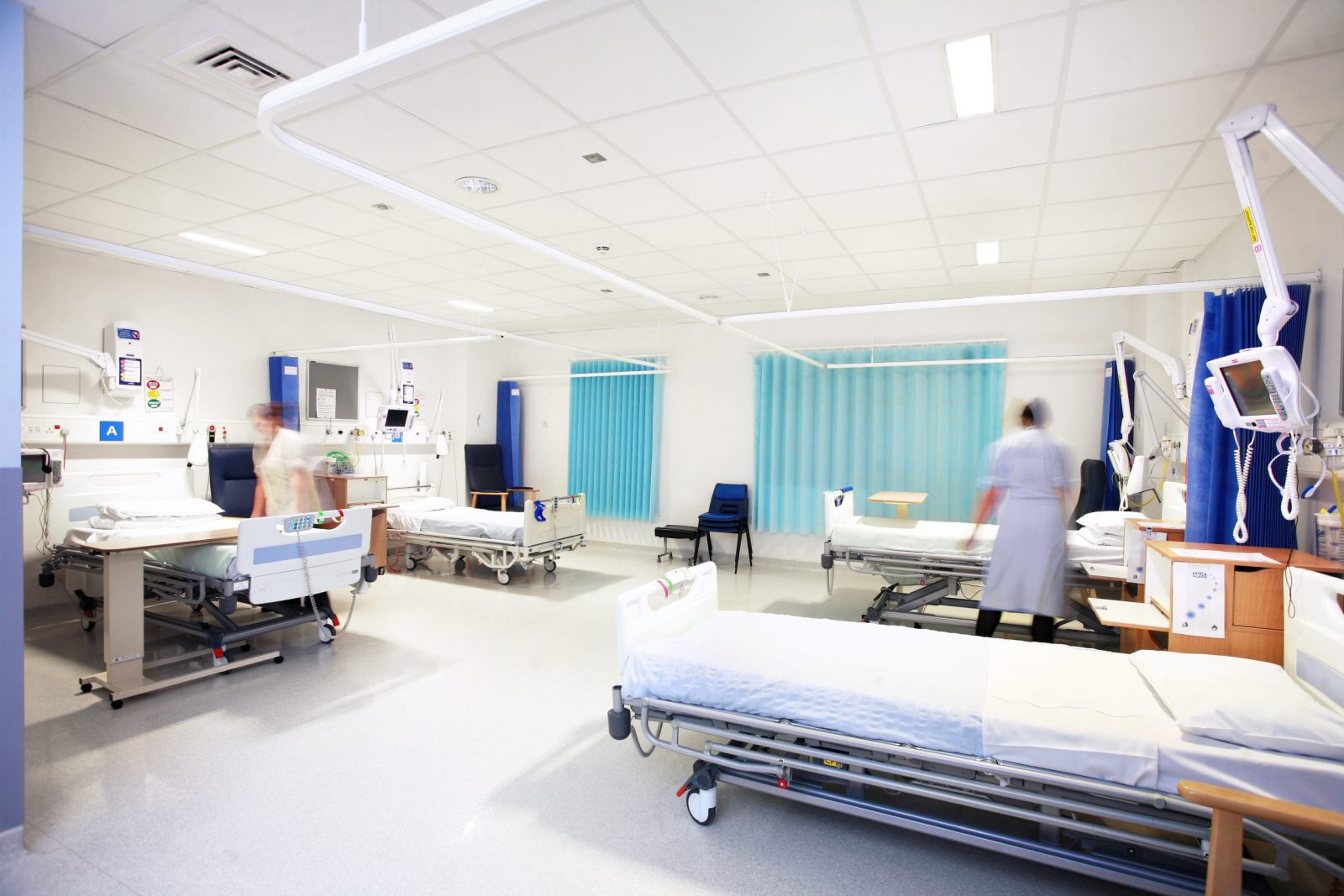Odisha’s Institute of Medical Sciences and Planet reporter SUM Hospital mishap appears like a shrill alarm. The country’s comatose health system desperately needs a lifeline. The hospital accident should not be considered another negligence in India’s long history of medical tragedies. Hospitals cannot be graveyards.
Is Right to Health the answer to all our ills? Will medical disasters end once every citizen enjoys healthcare as a fundamental right?
In its draft National Health Policy 2015, the NDA government has proposed a “National Health Rights Act, which will ensure health as a fundamental right, whose denial will be justifiable.” Undoubtedly, the merits of such legislation cannot be denied. Countries like Brazil and Thailand have gained more teeth to implement universal healthcare due to such laws. We also have the success stories offered by our own Right to Education Act (2010) that have contributed substantially to increasing literacy rates and making education more accessible and inclusive. However, the road to legislation still appears very long and may not address all the health system’s challenges. The SUM Hospital tragedy has again spotlighted the government’s commitment to healthcare.

According to the World Health Organisation, India accounts for 21 percent of the world’s global burden of diseases. It witnesses the highest number of maternal, newborn, and child deaths in the world. Nearly 36 percent of Indians suffer from depression in a nation that has 0.47 psychologists per million people. For an Indian, the probability of dying between the ages 30 and 70 from four major non-communicable diseases (cancers, cardiovascular diseases, chronic respiratory diseases, and diabetes) is close to 26 percent. One World Bank report (2010) even argues that we lose close to six percent of our GDP every year due to premature deaths and preventable illnesses.
The SUM Hospital fire has exposed our country’s fragile health system. Initial investigations have revealed that this super specialty hospital did not have a fire clearance certificate even though it has been operational for almost a decade. Its website claims it provides “global standard health care services,” yet the 750-bed hospital did not have a functional sprinkler system to fight the fire. Its staff, too, was untrained to handle an emergency of that scale and magnitude.
Many hospitals nationwide (several private and some government) lack functional sprinkler systems. For decades, we have struggled with overcrowded, understaffed, poorly maintained, and appallingly unhygienic government hospitals. Twin-sharing of beds is an accepted norm in many government hospitals today.
Since the early 1990s, the private sector has been touted as the only alternative to India’s healthcare crisis. However, private hospitals’ performance has been terrible and terrifying without a clear regulatory mechanism. In 2011, nearly 90 people died in a huge fire in AMRI Hospital, a Kolkata private hospital. In June 2016, an inter-state kidney racket was busted in Apollo Hospital, New Delhi. In September 2016, a private hospital and two orthopedics were asked to pay Rs 25 lakh to a patient who had suffered 40 percent disability due to medical negligence.
A healthcare system is not just about accessing hospital care. It is also about identifying strategies to reach certain, definite health goals. These strategies may involve multiple services/activities ranging from prevention of diseases (immunization campaigns), insecticide spraying against vector-borne diseases, printing horrific pictures on cigarette packets to deter smokers, ensuring safe abortions, keeping a drug check pricing, and even distributing condoms. A health system has multiple stakeholders – policymakers, medical practitioners, health volunteers, industrialists, researchers, nurses, midwives, alternative medicine practitioners, and most importantly, patients.
In recent years, successive governments have demonstrated their inability to grasp the health sector’s key challenges – making healthcare universal, of better quality, and thereby reducing inequality.
Since 2000, there has been growing concern about the government’s dwindling commitment to providing basic healthcare to its citizens. Take India’s expenditure on health. It is just four percent of GDP, and public expenditure is only 1.2 percent of GDP. This implies that the private sector meets between 60 and 70 percent of the population’s medical needs.
The proposed National Health Policy has made no radical shift in its budgetary allocations. The government has proposed 2.5 percent of the GDP (WHO recommends 5 percent for a better health system) as a “realistic” figure to achieve health goals. This implies that even after 70 years of independence, tribal regions are likely to be neglected, and basic immunization services will continue to be inadequate for urban and rural poor.
In its much-debated World Health Report 2000: Health Systems, Improving Performances, WHO ranked India 112 out of 191 countries in health systems. France and Italy topped the list. A host of smaller countries—Ecuador, Syria, Armenia, Azerbaijan, Iraq, Sri Lanka, Bangladesh—fared better than India.
READ MORE :
- Has Hrithik found love in this Bollywood actress?
- HyperX launches its ‘Gears of War’ gaming headset in India
- All India Gaming Federation moots legalization of betting, says it will generate funds
- Police hope blogger Nazim’s murderer will provide information on LGBT activist Xulhaz’s killers
- UK County signs MoU for Quality Healthcare in India
WHO has not conducted another such study, but experts state that the ranking would not be dramatically different today as successive governments have failed to protect citizens against the financial costs of illnesses. Indians today struggle with huge “out-of-pocket healthcare expenditures” that do not even guarantee quality care. Even the National Health Policy 2015 admits this expenditure is “catastrophic,” draining family incomes and neutralizing income increases.
Unless the government considers its citizens’ health a critical national asset, the health system will remain unplugged.



















